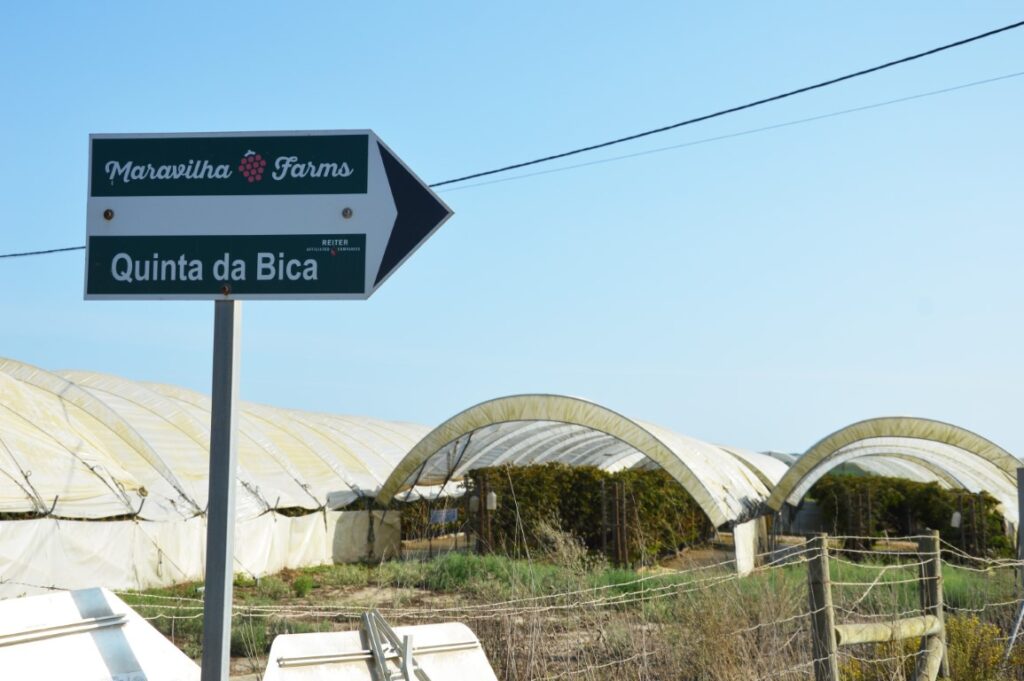It is sad that it took a pandemic to expose the exploitation and the unworthy living conditions of the many migrant workers who guarantee the production of raspberries, cherry tomatoes, washed salads and other luxury agricultural products that we all love and that they guarantee many millions to the country, in exports, in the hectares and hectares of greenhouses of intensive agriculture, located mainly in the municipality of Odemira.
It is serious that it took a pandemic for the prime minister to finally decide call the oxen by names, stressing that the places where these people are accommodated (containers, crowded houses, overcrowded apartments), due to their “inadmissible unsanitary conditions”, are “a blatant violation of human rights”.
Os civic movements on the Alentejo coast have long denounced this, the president of the Chamber of Odemira (who is even from the PS) had already denounced him as well, as well as your neighbor mayor of Aljezur (also from the PS), but the Government not long ago made a point of turning a blind eye to this situation – and the lack of control of intensive agriculture in an area known as a “natural park” – when publishing the famous Resolution of the Council of Ministers no. 179/2019.
This Resolution of the Council of Ministers did away with the suggestions of mayors and civic movements and only accommodated the interests of the agro-food multinationals operating in that area, since, in practice, it created a 10-year moratorium, allowing the maintenance of structures of removable housing and even promoting their creation…
The environment in the municipality of Odemira, especially in São Teotónio, is explosive at a social level. And it is serious in terms of health.
At a social level, there has been an evident gap for a long time between the population originally from the county (or at least who have long lived there) and this new population, of immigrants, who speak different languages, have different habits and, in the eyes of Odemirenses , no one controls or guards. This is halfway to the emergence of racism, xenophobia. And whose fault is it?
I don't know if what is happening in Odemira now, with the Sanitation fence and obligation for agricultural companies to register their workers, will finally force agrifood multinationals to provide decent living conditions for their migrant workers.
I also don't know if this situation will lead the Government to rethink the plastic invasion in an area theoretically classified as a 'protected area', but which in practice has long since ceased to be so.
In environmental terms, what happens in this area was predictable, since, in the same space, there is the Mira Hydroagricultural Development and the Natural Park of Southwest Alentejo and Costa Vicentina, structures that, however much you want (and don't). would you like) are not compatible…at least in the current form, with the bet on intensive agriculture.
The reasons for what is happening in Odemira have long been identified and are known by official entities, from the local level (Juntas and Chambers), to the regional level (CCDR Alentejo, ICNF) and to the central level (Government). Is it now, in the face of this health emergency, that substantive measures will finally be taken? I doubt…
Author: Elisabete Rodrigues is a journalist and director of Sul Informação




















Comments